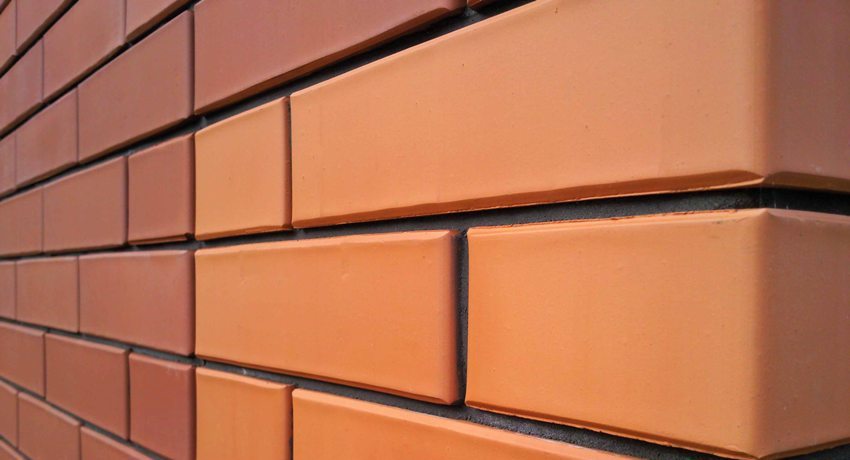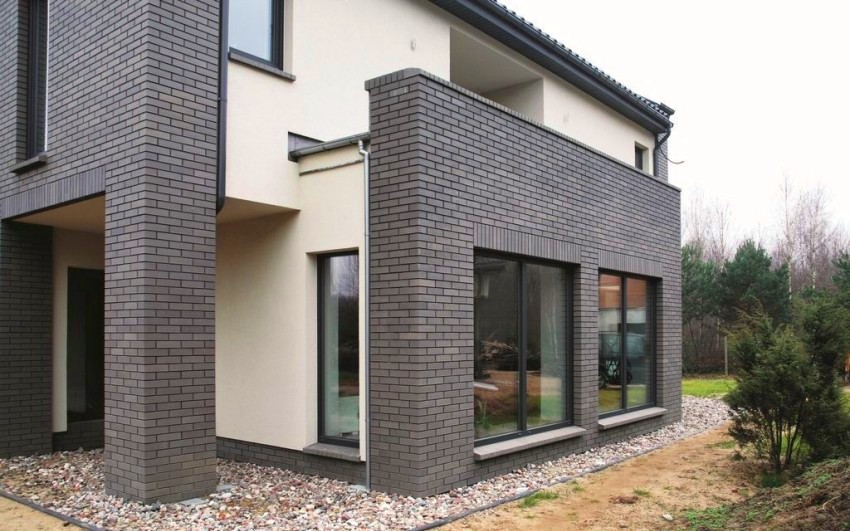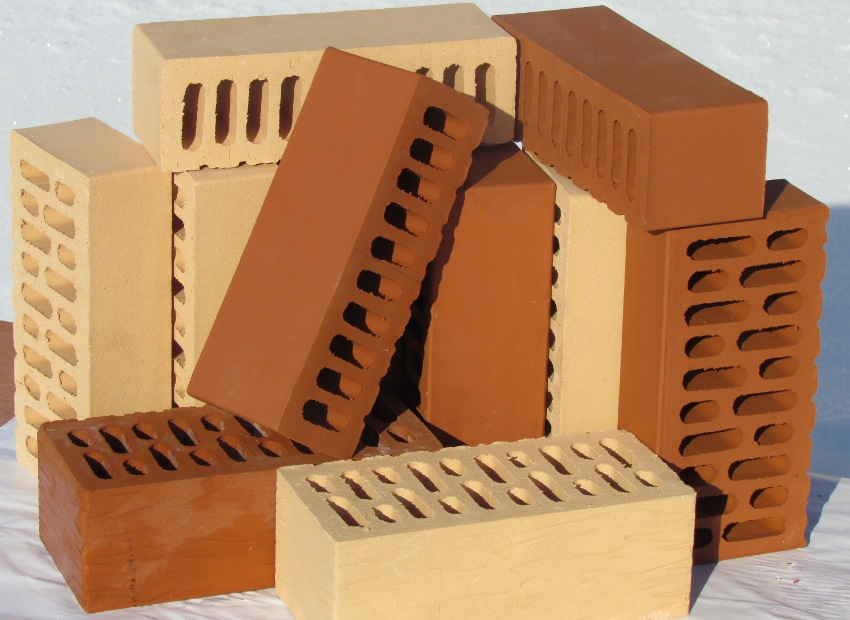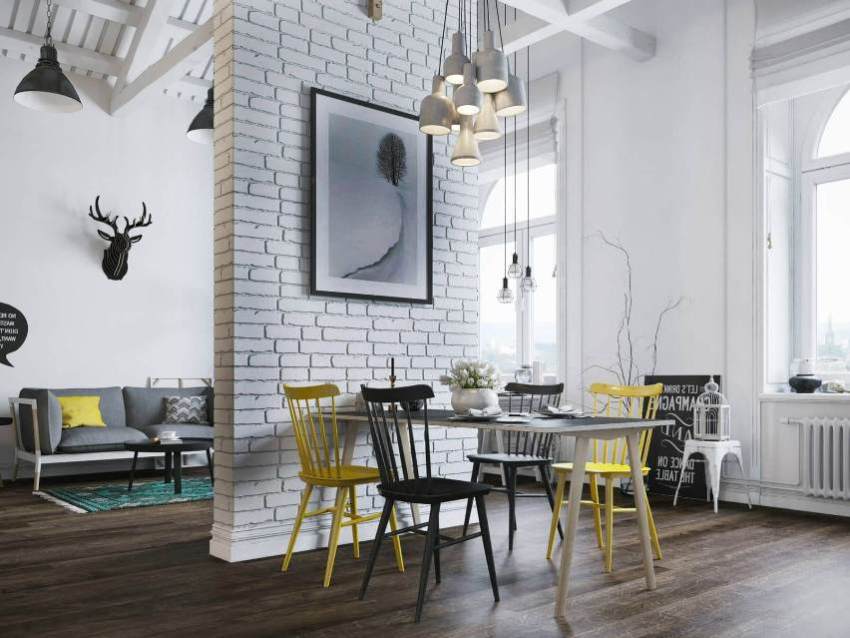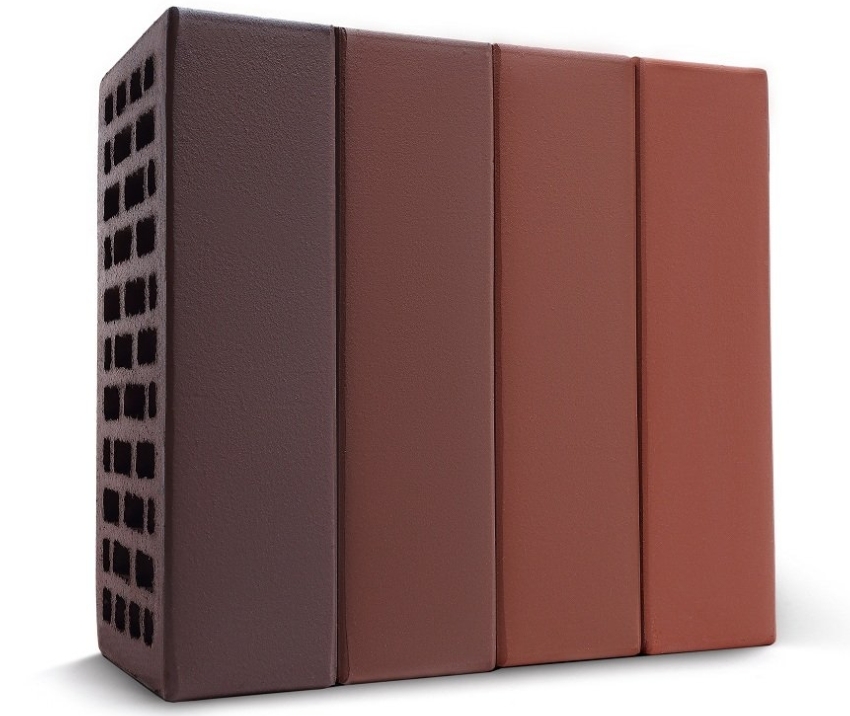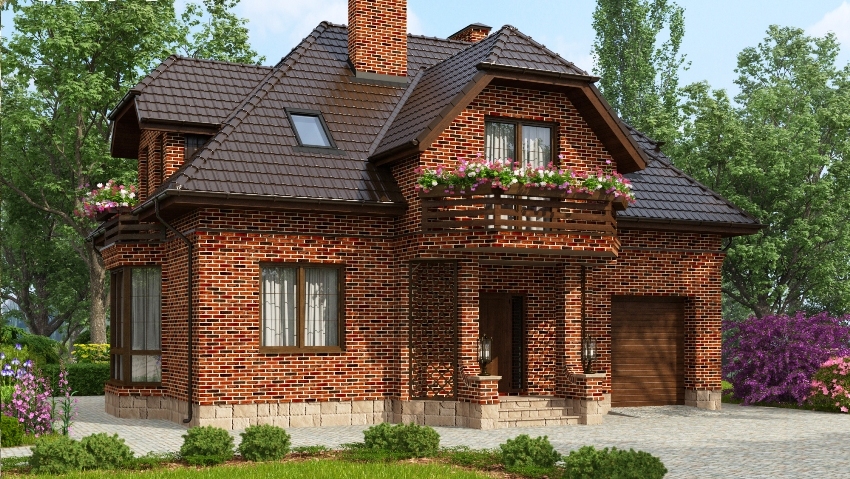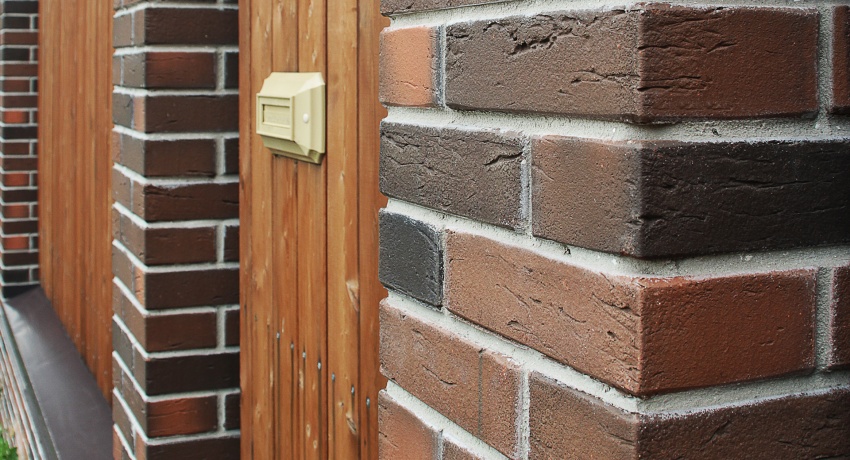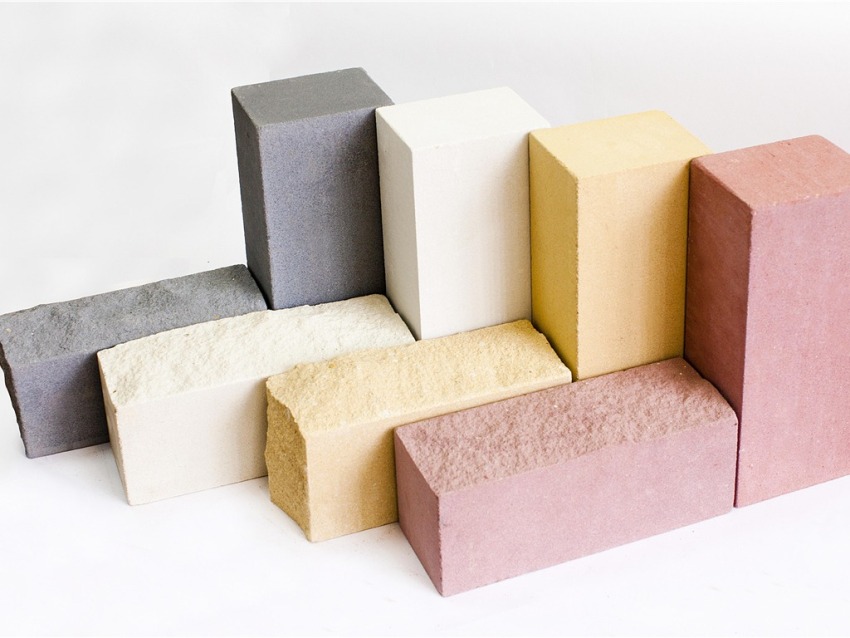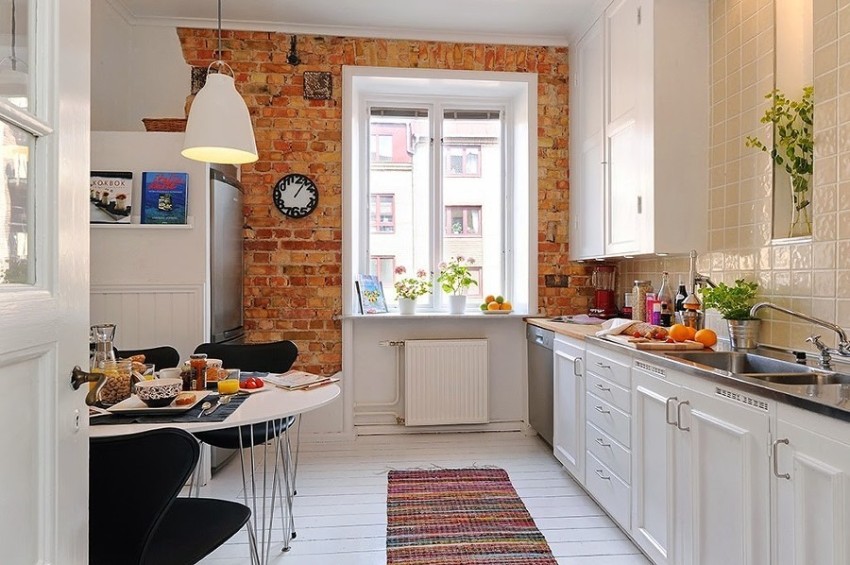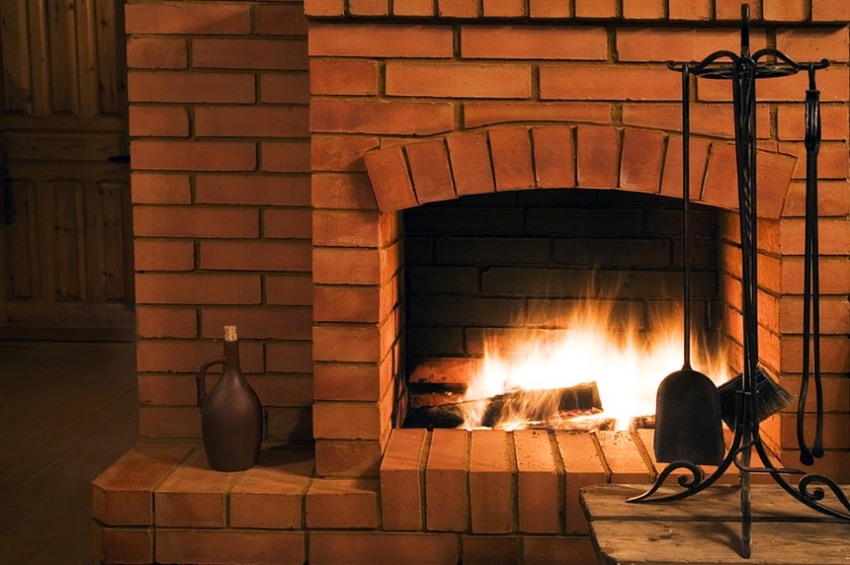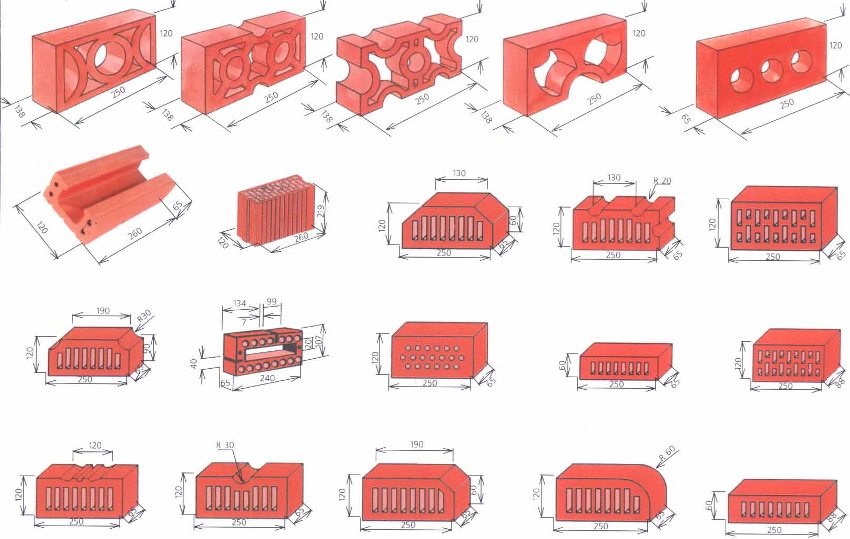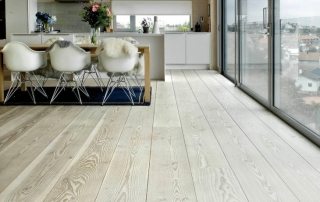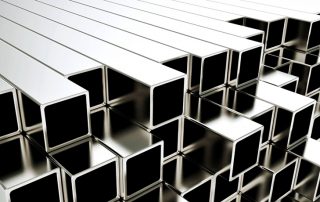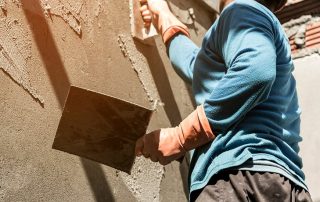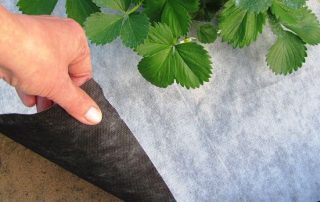Despite all the variety of building materials on the market, brick is still deservedly popular among professional builders and amateurs. This reliable, durable and versatile material comes in several standard sizes. At the same time, the greatest demand in the construction and decoration of buildings is observed for the size of one-and-a-half bricks, which is a significant saving in its use and aesthetics.
Content [Hide]
Single brick size, one and a half and double
When calculating the amount of material, it is necessary to take into account the size of the brick that will be needed during construction. This will help avoid unnecessary costs.
There are 3 main sizes:
- single (single row, standard);
- one and a half (thickened);
- double (the second name is a double stone).
The parameters of a single brick are as follows: length - 250 mm, width - 120 mm, height - 65 mm.
Dimensions of one and a half brick: length - 250 mm, width - 120 mm, height - 88 mm. The dimensions of a double brick, like a thick one, differ only in height - 138 mm. Currently on sale are bricks and non-standard sizes - "Euro" (length 250 mm, width 85 mm, height 65 mm) and modular with the same height has a length of 288 mm and a width of 138 mm.
Benefits one and a half brick compared to single
Calculations show that material consumption per 1 m³, taking into account mortar joints, is 394 units. when using a single brick and 302 units. when using one and a half. This allows you to save a lot during construction.
So, when laying the supporting structure, you can use not 3 rows of standard bricks and a row facing, and 2 rows of hollow and one row of facing bricks and a half. Moreover, not only the amount of material used is significantly saved, but also the consumption of the solution.
The height of one-and-a-half brick exceeds the height of a single one only by 23 mm, but this difference allows you to speed up the course of masonry work by 30%. The undoubted advantage of the thickened brick is its weight.So, a single brick weighs from 2 to 2.3 kg, and the weight of a one-and-a-half brick, despite its large dimensions, weighs only a third more.
The main types of thickened bricks by material, purpose and type of construction
There are several generally accepted classifications of bricks. First of all, depending on the material from which it is produced, there are:
- ceramic, or red;
- silicate, or white.
These two types have the same dimensions with different characteristics, applications and properties. Sizes of one-and-a-half and one-and-a-half ceramic sand-lime bricks - 250 mm, 120 mm and 88 mm
Ceramic brick: production technology, advantages and disadvantages
Ceramic one-and-a-half brick is made from clay without impurities (sulfates, marl) and special additives that give the finished product the required properties.
It is interesting! The raw materials from which red bricks are made are unsuitable for the manufacture of any other clay products.
Brick making methods:
- Plastic. Clay raw materials with high humidity (up to 30%) are supplied from a belt press, dried and fired at a temperature of about 1000 ° C. In this case, it is very important to strictly observe the firing time. Both unburned and burnt bricks are distinguished not only by their unaesthetic appearance, but also by low quality. When underburned, the brick is too light in color and low in water and frost resistance, when overburned, it has characteristic burn marks, numerous cracks and an uneven shape, as well as a high level of thermal conductivity. Ideally, after proper heat treatment, the surface of the ceramic brick becomes semi-matte, and upon impact, it emits a characteristic sonorous sound.
- Semi-dry pressing method. In this method, a brick is formed from raw clay with a low moisture level (10%) under strong pressing. The resulting finished products cannot be used for the construction of premises with high humidity.
The advantages of ceramic bricks:
- excellent sound insulation;
- made from environmentally friendly material - clay, absolutely harmless to health both during construction and during operation;
- versatility (suitable for the construction of both residential and industrial buildings, for the construction of internal and external walls);
- resistance to difficult weather conditions, including severe frosts;
- durability;
- strength;
- a large selection of shapes, sizes and colors (mixing different types of clay, manufacturers achieve a rich color palette - red, brown, beige, terracotta, yellow, peach shades, which allows the use of ceramic bricks both in the construction of new buildings and in restoration work);
- good heat and vapor barrier;
- the material is easily deformed during transportation, and chips form at its edges;
- moisture resistance.
Disadvantages of red brick:
- the appearance of a whitish salty coating;
- high price.
Silicate brick: how it is made, pros and cons
In its manufacture, 9 parts of quartz sand purified from foreign impurities and manganese and 1 part of lime are used. Bricks are formed from this lime-sand mass by semi-dry pressing, and then they are exposed to water vapor and high pressure for 10-13 hours.
In order to give the finished product the desired shade, special pigments resistant to adverse weather conditions are added to the silicate mass.Due to this, you can achieve a huge variety of shades - even those that are not typical for traditional brick buildings, such as blue, light blue, yellow, pink, purple.
Advantages of one-and-a-half silicate bricks:
- good sound insulation and low thermal conductivity;
- environmental friendliness;
- durability;
- strength;
- frost resistance;
- resistance to adverse weather conditions;
- affordable price (about a third lower than the cost of red brick);
- clear geometry of the finished product;
- a huge selection of colors and textures.
Disadvantages of the material:
- insufficient moisture resistance (cannot be used when laying a foundation, sewer wells, plinths, basements - all zero-cycle facilities where there is a risk of flooding or constant contact with groundwater);
- low heat resistance;
- significant weight (the weight of one-and-a-half full-bodied silicate brick ranges from 4.2 to 5 kg, and the same ceramic - from 4 to 4.2 kg).
It is important! Due to the low cost in private houses, silicate bricks are often used in the construction of chimneys, fireplaces and stoves. However, their service life will be short - only a few years, and the masonry will begin to collapse under the influence of high temperatures. So, in fact, such savings are very costly and, at the same time, unsafe.
Types of bricks by scope
Allocate:
- building brick (other names - rough, ordinary, masonry, basement);
- front (facing, front);
- special.
Related article:
Brick-like gypsum tiles: specifics of installation and operation
Advantages and disadvantages, styling methods. Features of working with various bases. How to make gypsum tiles with your own hands.
Rough bricks are used in the construction of internal partitions, enclosing structures, self-supporting and load-bearing walls, as well as for filling voids. It can also be used in the construction of external walls, but only with the obligatory application of plaster.
Facing one-and-a-half brick is used for decoration of premises and facades. It has an excellent appearance - smooth edges, no chips and cracks, clear geometric lines. This is one of the most affordable finishing materials. It is worth remembering that red brick is suitable for areas with high humidity, and for dry, hot regions, silicate brick will be the best choice.
Important! In addition to the standard sizes of one-and-a-half and single facing bricks, there are bricks with a width of 85 mm, 80 mm and 60 mm with a length of 250 mm, as well as with dimensions of 290 mm, 140 mm and 85 mm.
Additionally, they distinguish textured (it has a decorative chopped surface, like an untreated stone, smooth or uneven edges) and shaped bricks (it is distinguished by complex shapes, rounded edges, window sills, window openings, corners of buildings are decorated with it).
Special bricks are, first of all, refractory fireclay bricks. It is not afraid of repeated exposure to high temperatures and retains heat well. Refractory one-and-a-half brick is the optimal, durable and safe choice for laying the interior surfaces of fireplaces, stoves and chimneys.
Types of one and a half bricks depending on the type of construction
Bricks are solid and hollow. These bricks are clearly differentiated in their areas of application. The former are always used in the construction of load-bearing structures, in the construction of fireplaces and chimneys, the latter in the construction of partitions and facing of buildings.
In solid bricks, the porosity should not exceed 13% (for silicate bricks), or there should be no voids at all.In the case of hollow sand-lime bricks, the number of voids reaches 30%, while in clay bricks it can reduce the indicator by 15%. Moreover, in ceramic holes they have different shapes and are evenly distributed over the entire area, while in silicate holes they are shifted to the center and, as a rule, have the shape of a cylinder.
What do such cameras give? They significantly save the consumption of raw materials, the time spent on its production, which means that the cost of the finished product decreases. The weight of the product and the entire building as a whole and the load on the foundation are significantly reduced. For example, the weight of a one-and-a-half hollow clay brick is 3–3.2 kg, and the weight of a solid red brick is 4–4.2 kg. For comparison, the weight of one-and-a-half white facing brick is 5 kg for solid structures and 3.9 kg for hollow ones.
The most important advantages of hollow one-and-a-half bricks include excellent thermal insulation characteristics, which allows you to save even more on wall thickness.
Strength, weight and dimensions of one and a half brick
The most important characteristic of this building material is its ability to resist various loads and not deform.
Marked bricks have optimum strength. They can be used in the construction of country houses, and in the construction of multi-storey buildings, when laying a foundation, fireplace or stove, bearing walls and partitions, for interior and facing work. This is not least due to the variety of forms of production of bricks of this brand. It can be of the usual rectangular shape, trapezoidal and curly.
It has good fire resistance, high density, which is why it absorbs moisture worse, and is durable. The dimensions of the M150 brick are the same as those of the material with lower strength indicators: single, thickened, euro.
The weight of a solid brick M 150 single reaches 3.6 kg (with an average of 2 to 2.2 kg), one and a half - up to 4.5 kg (an average of about 3 kg).
